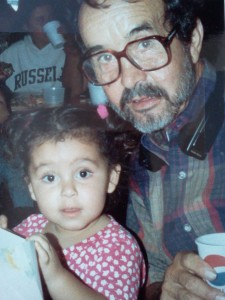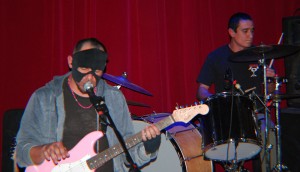Culture Shift: Looking at Identity in the Borderland Bubble
|
In this episode of Our Border Life we talk about those moments when people realize they’re in a culture shift – that something fundamentally has changed about their identity. Specifically, the growing awareness of the multi-layered identities among people living in the U.S-Mexico borderland region of El Paso and Ciudad Juarez. https://soundcloud.com/borderzine-reporting-across-fronteras/looking-at-identity-through-the-borderland-bubble
We meet with Gustavo Reveles, who was born in El Paso and spent the first 15 years of his life living on both sides of the border. In a conversation with a friend, Martin Bartlett, Reveles talks about how he didn’t realize he lived in a culture bubble until he moved away for a job after college.
“You grew up thinking you’re both Mexican and American.






